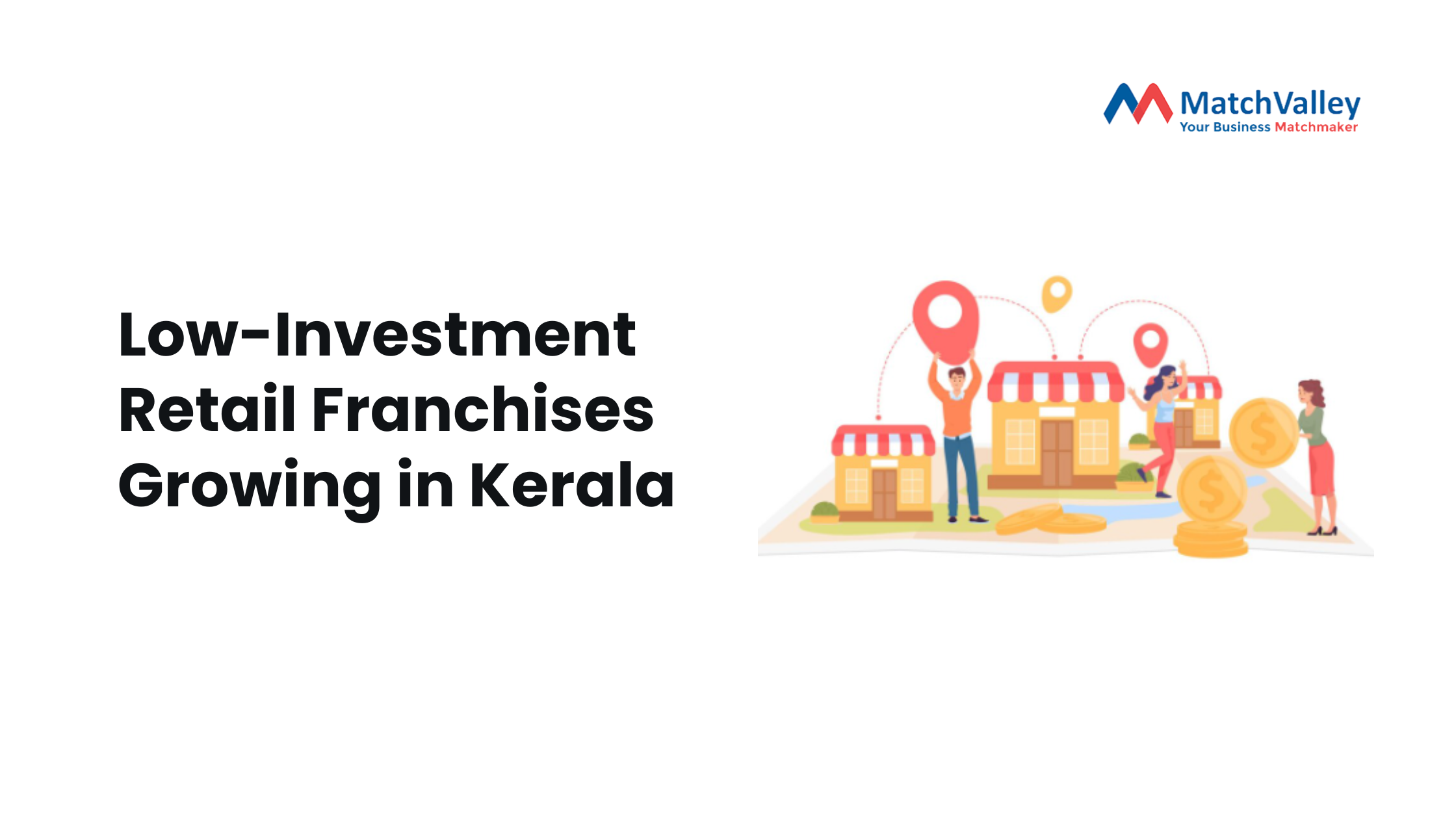Distribution Business Models Explained
Building a distribution business may be one of the most fulfilling and replicable businesses if done appropriately. Whatever your approach is in bringing goods to consumers, manufacturers, or wholesalers, selecting the most effective model will be the key to your success. With an endless number of methods and industry complexity, it is vital to understand how each distribution model functions and where to best apply it to your strategies.
What is a Distribution Business?
A distribution firm is an intermediary who delivers products from the buyer to the seller. This could involve selling to end consumers, to retailers or to other channels such as on-line stores. Its primary objective is to simplify supply chains, utilize the maximum level of available product and meet delivery times.
The best distribution business is one that not only meets market demand but also increases profitability, reduces losses, and is responsive to changes in markets.
- Wholesale Distribution Model
Overview
The wholesale model involves purchasing products in large quantities from producers and marketing them in small quantities to retailers or other businesses. This old-established and reliable model has enabled global trade for decades.
Best For
- Consumer goods
- Electronics
- Foodstuffs and drinks
- Industrial materials
Advantages
- Mass buying enables better pricing and increased profit margins
- High chances of long-term business dealings with suppliers and customers
- Simple to expand with constant demand for the product
This is a model that is generally considered best for entrepreneurs who possess warehouses and capital to finance stocks. It allows for control of prices and inventory and is an important component in supply chain management.
- Retail Distribution Model
Overview
In the retail form, the product goes directly to the end-user either via stores or the web. The salespeople are their own distributors, and they carry out procurement, warehousing, and sales in-house.
Best For
- Fashion and apparel
- Electronics
- Health and beauty products
Advantages
- Direct access to the end user
- Market control as well as customer service
- Personalized experiences and brand loyalty can be developed
Own-account businessmen set themselves up to provide warehousing, fulfillment, and retail all in one place—trading as the crème de la crème of the best type of distribution business.
- Direct-to-Consumer (DTC) Model
Overview
The model eliminates all middlemen, where firms are selling directly off the brand or manufacturer to consumers—largely online.
Best For
- Niche products
- Subscription services
- New startups looking for complete control
Advantages
- Greater margins due to not needing to employ middlemen
- Goldmine of customer data and instant feedback
- Maximum control of customer experience and branding
Warby Parker and Glossier are two examples of DTC brands that disrupted the traditional retail with this model. It would have to be the optimum business model for new brands targeting a niche market.
- Dropshipping Model
Overview
The seller does not hold any inventory with dropshipping. They purchase from a third-party vendor, and the latter dispatches them directly to the customer.
Best For
- Low-capital startup entrepreneurs
- Niche online stores
- Test new products in the market
Advantages
- Minimal initial investment
- No shipping and warehousing arrangements required
- Simple to expand or change product lines
But the margins will be low and vendors cannot control much delivery time and product quality. But for most, it is the ideal distribution business model to start with lower risk.
- Franchise Distribution Model
Definition
Franchise distribution is the acquisition of a series of rights to operate an existing business model on an established brand. It uses standardized distribution systems and vendor networks most often.
Best For
- Food and beverage
- Automotive parts
- Chain retailing operations
Advantages
- Brand recognition awareness
- Access to established business processes
- Ongoing assistance and training
Franchising is an excellent entry method for a competitive market with low failure risk. It is the best distribution business if done right, for those who desire form and shelter.
- Value-Added Reseller (VAR) Model
Overview
In this, a company buys a product and adds value to it—e.g., customization, integration, or services—before reselling it.
Best For
- Technology
- Software and IT
- Industrial and construction equipment
Advantages
- Unparalleled customer loyalty through more rewarding offerings
- High value-added solution price points
- Long-term consulting and contract business prospects
Sophisticated, client-needs-deep, high-margin service-based distribution model. In the IT industry, it’s the ideal model of distribution business.
How to Select the Ideal Model
- When you select the ideal distribution business model, keep the following in mind:
- Your Capital – Do you have capital to invest in inventory, warehousing, and transport?
- Your Industry – Some models are better in some industries (e.g., dropshipping for apparel, VAR for computers).
- Your Skills – Are you a marketing guru, logistics guru, or customer service guru?
- Customer Base – Are you selling to businesses (B2B) or consumers (B2C)?
- Scalability – Will your model scale and expand?
Try out your market, test your idea on a small scale, and don’t mind pivoting when needed.
Final Thoughts
In today’s ever-changing market scenario, being aware of and selecting the proper model of distribution can kill or make your company. Wholesale and retail, direct-to-consumer and dropshipping, and many more models of making your company a success are there.
Every model has its pros and cons. The skill is to match your selection with your goals, market needs, and resources at hand. Being a startup entrepreneur or an old business hand, spending time deciding on the best distribution business model for yourself is a decision that will define your future.





